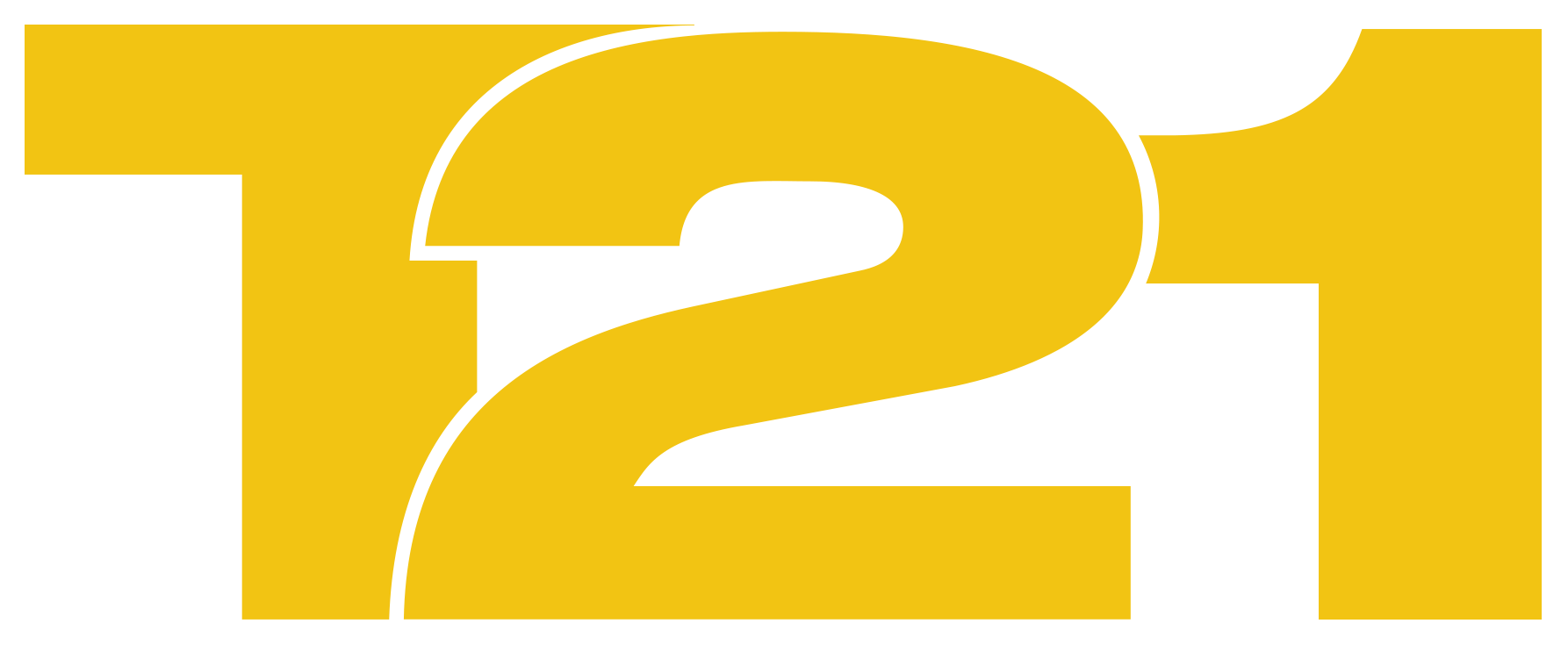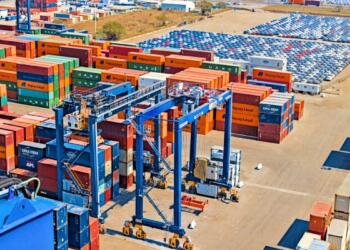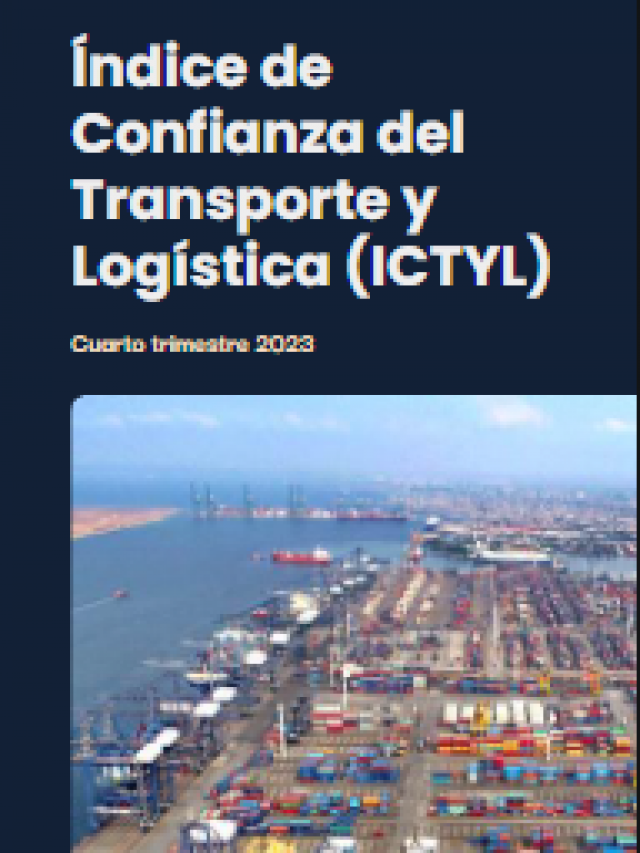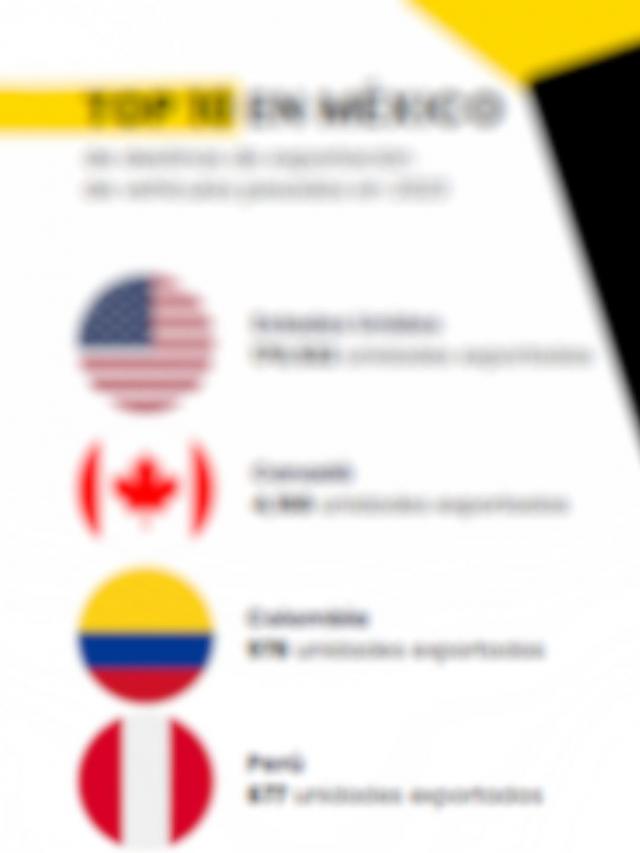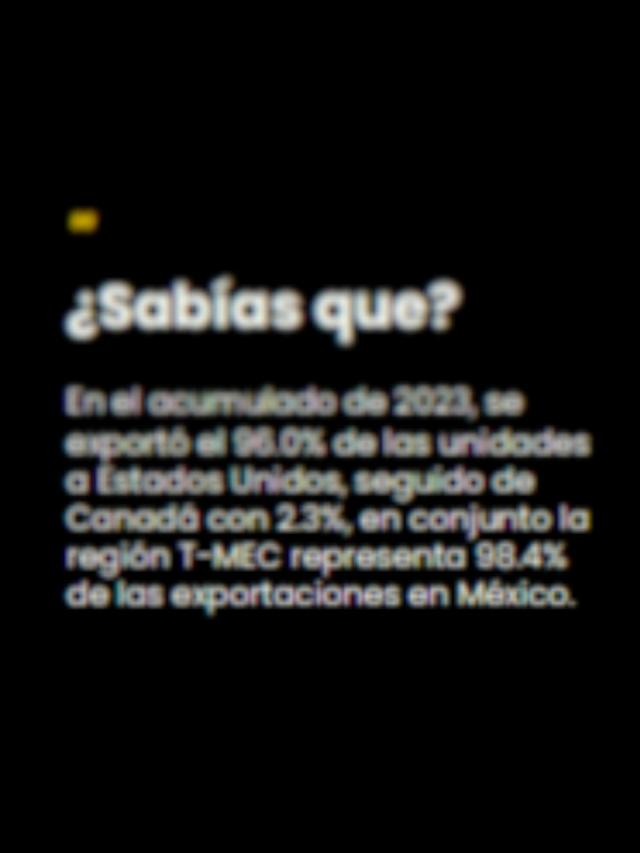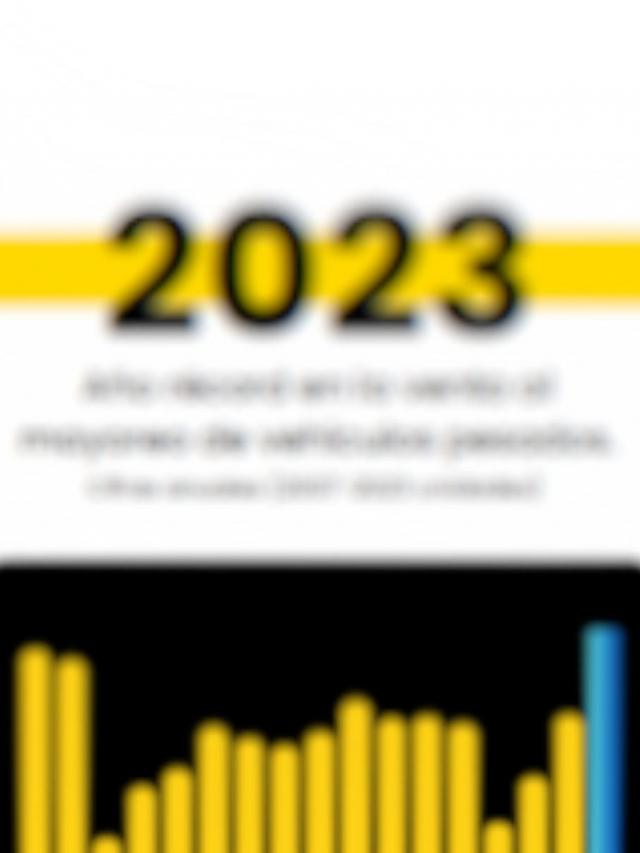
There’s no deadline that’s missed, no date that’s missed. This happened with NOM-044-Semarnat , which sets limits on diesel engine emissions, which was postponed at least twice, but the January 1, 2025, date was immovable.
The entry into force of the EURO VI/EPA’10 combination is the highest standard of technology , which reduces nitrogen oxides by 92% and particulate matter by 90% compared to the average EURO III/EPA’98 vehicle fleet technology.
This is a crucial moment for transporters, manufacturers, and authorities, as this transition defines the future of mobility in the country. But are the right conditions in place to make the leap toward cleaner and more sustainable transportation?
Challenges for trucking!
The shift to EURO VI / EPA’10 standards poses a series of challenges affecting manufacturers, distributors, and transporters. These include investment in cutting-edge technology, the lack of ultra-low sulfur diesel (ULSD) infrastructure, and the high costs associated with fleet renewal.
The transition to new emissions standards is an opportunity to offer more efficient products with lower emissions, says Alejandro Gómez, Director of Operations for Grupo Veracruz (Gruver) , a distributor for Daimler Truck Mexico . However, he also acknowledges that the price increase could generate uncertainty, especially among smaller carriers, who may see their ability to renew their fleets affected.
Comment and follow us on X: @karinaquintero / @GrupoT21
